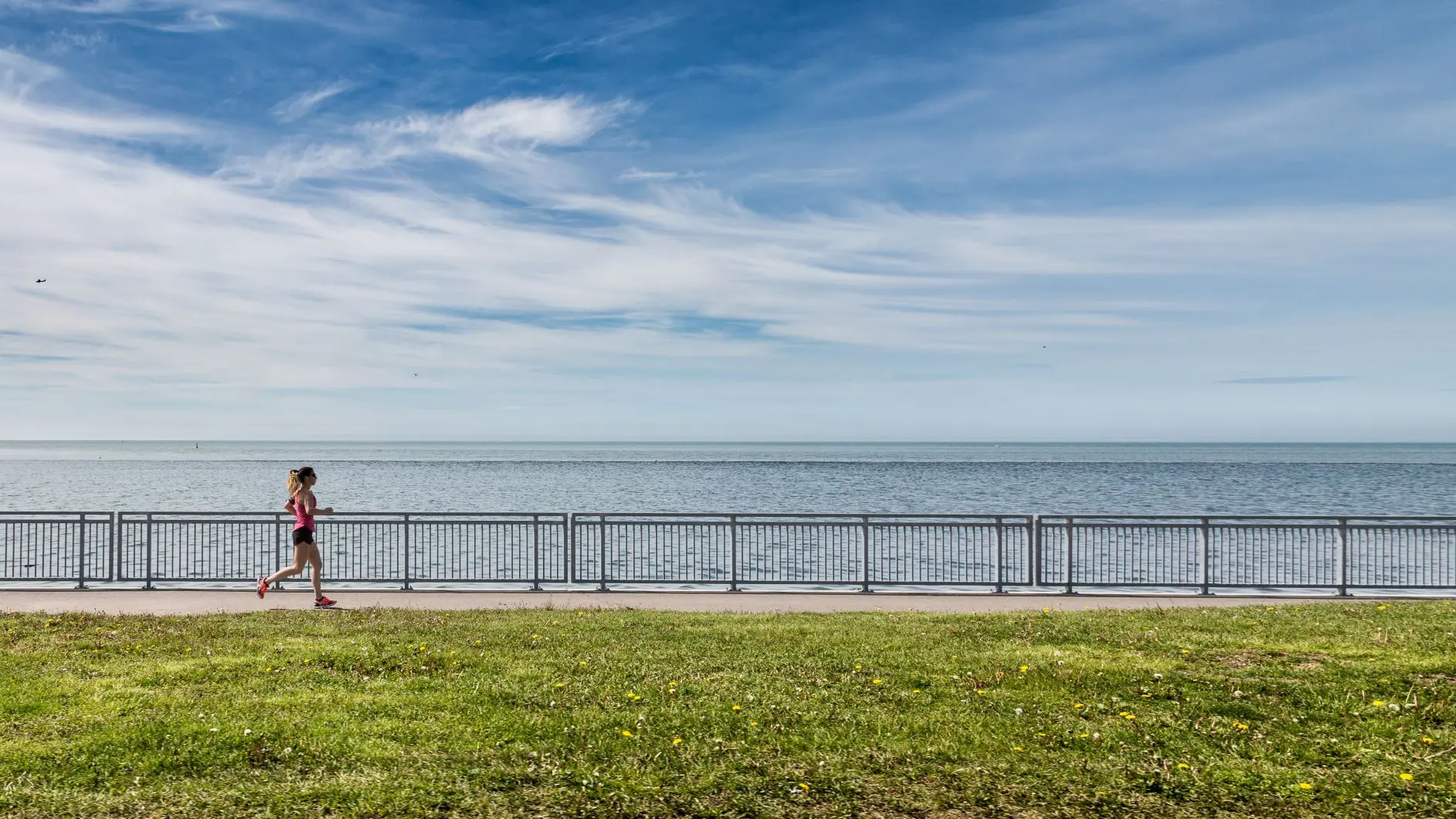You’re 7km into your weekend run. You’ve got your new running shoes on. You’re feeling fast, you’re in the zone.
And then you start to feel some soreness in your knee. The dreaded knee pain that you have heard so many of your fellow runners moan about, the knee pain that has taken forever to go away and disrupted their preparation for the next marathon.
Questions fill your mind – Will it get worse? Why am I getting this pain? Will it come back? Can I keep running? Why me?
Sounds familiar?
Knee pains are one of the most common injuries a runner will face. You may have heard of runners complaining of various pains, from the so-called ‘runner’s knee’ (patellofemoral pain syndrome) to patella tendinitis, or even that ITB pain everyone seems to talk about. With so many structures in the knee that can give runners pain, often the best course of action is to work with a physiotherapist who has experience in running injuries. The practitioner will identify the injured structure as well as what can the potential causative factors behind your pain be.
Here are some things your physiotherapist will delve into to solve the mystery of your knee pain.
Location
The next time you have pain whilst running, see if you can pinpoint where it is. Note if it is pain you can touch or if it is deep inside your knee. Is it a large area of pain or a fairly localized area? As there are many structures existing closely together in a small space, this information will help your physiotherapist narrow down and diagnose the injured structure.
Onset
How long can you run for before your pain comes on? Does it come on immediately or does it only come on at the 10km mark? Is at its worst immediately after your run, a long time after your run, or the next morning?
Aggravating and Relieving Factors
Is your pain worse when climbing hills or on declines? Is it better when running on grass than on the road? Are the movements in the gym or in your daily life that stir up your pain?
Is there anything you can do yourself to improve your knee pain, for instance, foam rolling your quads, pushing more with your toes, or increasing your cadence?
As well as helping diagnosis of your exact injury, this information can assist the physiotherapist in finding ways to continue doing the things you love but have set aside because of knee pain.
Part two will look into how your training, flexibility, strength and running technique could play a part in your knee pain. Stay tuned!

